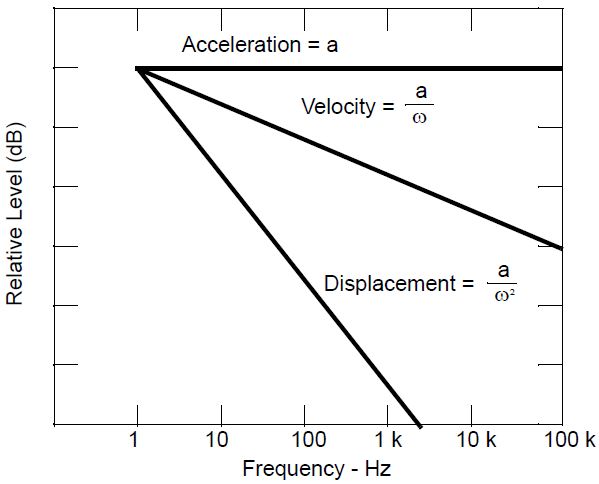Accelerometers are widely used to measure motion and vibration in rotating machinery, vehicles, aircraft, and in all kinds of other structures. Virtually all accelerometer devices use the force generated by moving a seismic mass to measure acceleration of the mass. The displacement of the mass or the force developed by the motion of the mass can be detected and measured by a number of different sensors, such as electromagnetic, electrostatic, magnetic reluctance, inductive (LVDT), piezoelectric, piezoresistive, potentiometric, capacitance, strain gauge, servo force-balance and motion balance, and micromachined semiconductors (MEMS).
New types of accelerometers and integrated sensor systems are quickly replacing more traditional vibration sensors for a number of reasons, including lower cost, better performance, rugged design, and smaller size. These new devices offer increased sensitivity, a wider range of operating frequencies, and much wider range of application in industry.
For some applications such as monitoring of the health of a rotating machine, velocity or displacement measurement are preferred over acceleration sensing. Since velocity is the first derivative of displacement vs. time, and acceleration is the derivative of velocity, both measurements can be calculated from acceleration by integrating the signal once or twice or by using the logarithmic relationships between acceleration, velocity, and displacement as illustrated in the Figure above.
Learn more about UEI’s HUMS solutions.

